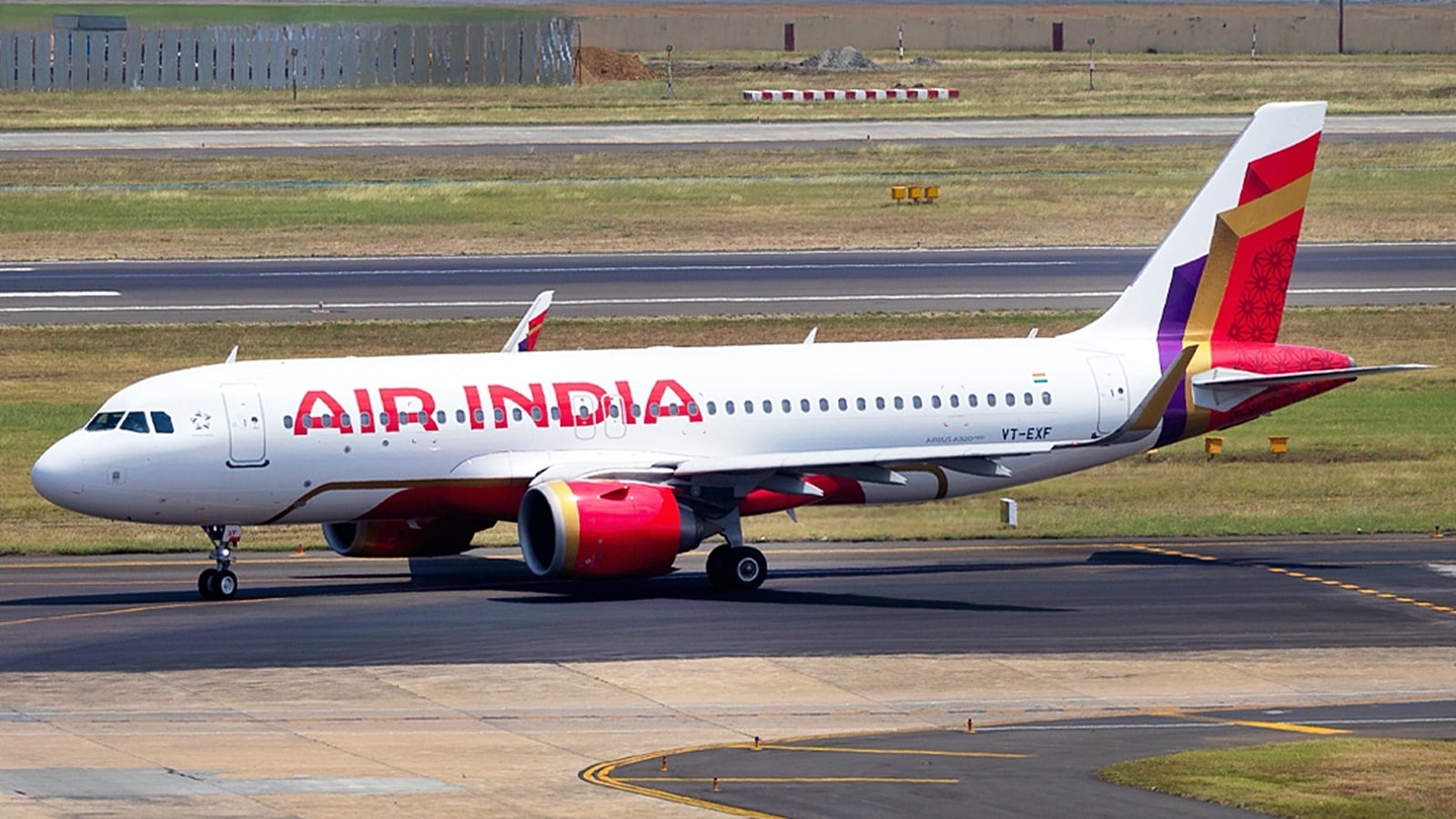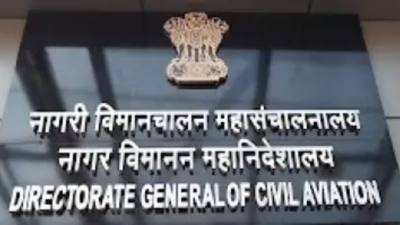New Delhi – The Directorate General of Civil Aviation has issued a formal DGCA Warning To Air India following the discovery that two Bengaluru-London flights exceeded mandatory pilot flight time limitations during May operations. The regulatory action stems from violations of the 10-hour pilot flight time limit established under the Civil Aviation Requirement (CAR), highlighting serious concerns about aviation safety compliance.
The DGCA Warning To Air India addresses specific incidents involving flights AI133 on May 16 and 17, which were identified during routine spot checks conducted by aviation authorities. These violations represent a significant breach of established safety protocols designed to prevent pilot fatigue and maintain operational safety standards across Indian aviation operations.
Air India’s Response and Interpretation Issues

Air India has acknowledged receipt of the DGCA Warning To Air India through an official spokesperson statement addressing the regulatory concerns. The airline explained that the rostering problems on the two long-haul flights emerged from “a different interpretation of a permission that was granted to mitigate the border related airspace closure.”
According to Air India’s official response to the DGCA Warning To Air India, the interpretation issue was immediately rectified once the correct understanding was communicated by regulatory authorities. The airline maintains that it remains fully compliant with all applicable aviation rules and regulations, emphasizing its commitment to operational safety and regulatory adherence.
The spokesperson’s statement regarding the DGCA Warning To Air India indicates that the violations were not intentional but resulted from miscommunication or misunderstanding regarding previously granted permissions related to airspace restrictions affecting international flight operations.
Regulatory Timeline and Show Cause Notice


The DGCA Warning To Air India represents the culmination of a regulatory process that began with a show cause notice issued on June 20, requiring the airline to explain the reasons behind the detected violations. The formal warning, dated August 11, demonstrates the regulator’s systematic approach to addressing safety compliance issues within the aviation sector.
During the investigation leading to the DGCA Warning To Air India, regulatory authorities conducted thorough examinations of flight operations and discovered that the airline’s Accountable Manager failed to ensure compliance with rules outlined in the Civil Aviation Requirement. This failure represents a significant oversight in the airline’s safety management systems.
The timeline between the initial violations in May, the show cause notice in June, and the final DGCA Warning To Air India in August illustrates the comprehensive nature of regulatory investigations and the importance placed on thorough examination of safety compliance issues.
Inadequate Response Assessment
The DGCA Warning To Air India specifically addresses the regulator’s assessment that the airline’s response to the show cause notice was inadequate in addressing the identified lapses and deficiencies. This determination led directly to the formal warning being issued against the airline and its senior management.
According to the regulator’s communication regarding the DGCA Warning To Air India, the reply submitted by the airline was “duly examined and found to be unsatisfactory in addressing the regulatory lapses and deficiencies noted.” This assessment indicates that Air India’s initial explanations failed to adequately address the underlying causes of the flight time violations.
Also Read: Urgent Trump Warning To Russia Threatens Severe Consequences Over Ukraine War
The inadequate response evaluation that prompted the DGCA Warning To Air India suggests that regulatory authorities expected more comprehensive corrective measures and accountability from the airline regarding the safety violations.
Campbell Wilson and Accountable Manager Responsibilities


The DGCA Warning To Air India specifically targets Chief Executive Officer Campbell Wilson, who also serves as the airline’s Accountable Manager under aviation regulations. This dual role places Wilson directly responsible for ensuring compliance with all applicable Civil Aviation Requirements and maintaining operational safety standards.
The regulator’s communication states that Wilson is “hereby warned and advised to exercise utmost diligence and responsibility in ensuring strict compliance with the applicable Civil Aviation requirements.” This direct warning emphasizes the personal accountability expected from senior aviation executives regarding safety compliance.
The inclusion of Wilson’s name in the DGCA Warning To Air India demonstrates the regulator’s approach of holding senior management personally accountable for safety violations and compliance failures within their organizations.
Aviation Safety and Regulatory Compliance
The DGCA Warning To Air India highlights the critical importance of strict adherence to pilot flight time limitations, which are established to prevent fatigue-related safety incidents. The 10-hour flight time limit represents a fundamental safety measure designed to maintain pilot alertness and decision-making capabilities during critical flight operations.
Flight time regulations addressed by the DGCA Warning To Air India are essential components of aviation safety management systems, ensuring that pilots remain within safe operational parameters throughout their duty periods. These limitations are based on extensive research into pilot fatigue and its impact on flight safety.
Conclusion and Industry Implications
The DGCA Warning To Air India serves as a significant reminder to the aviation industry about the importance of strict regulatory compliance and the consequences of safety violations. This regulatory action demonstrates the DGCA’s commitment to maintaining high safety standards and holding airlines accountable for compliance failures, regardless of their operational challenges or interpretive differences regarding regulatory permissions.

